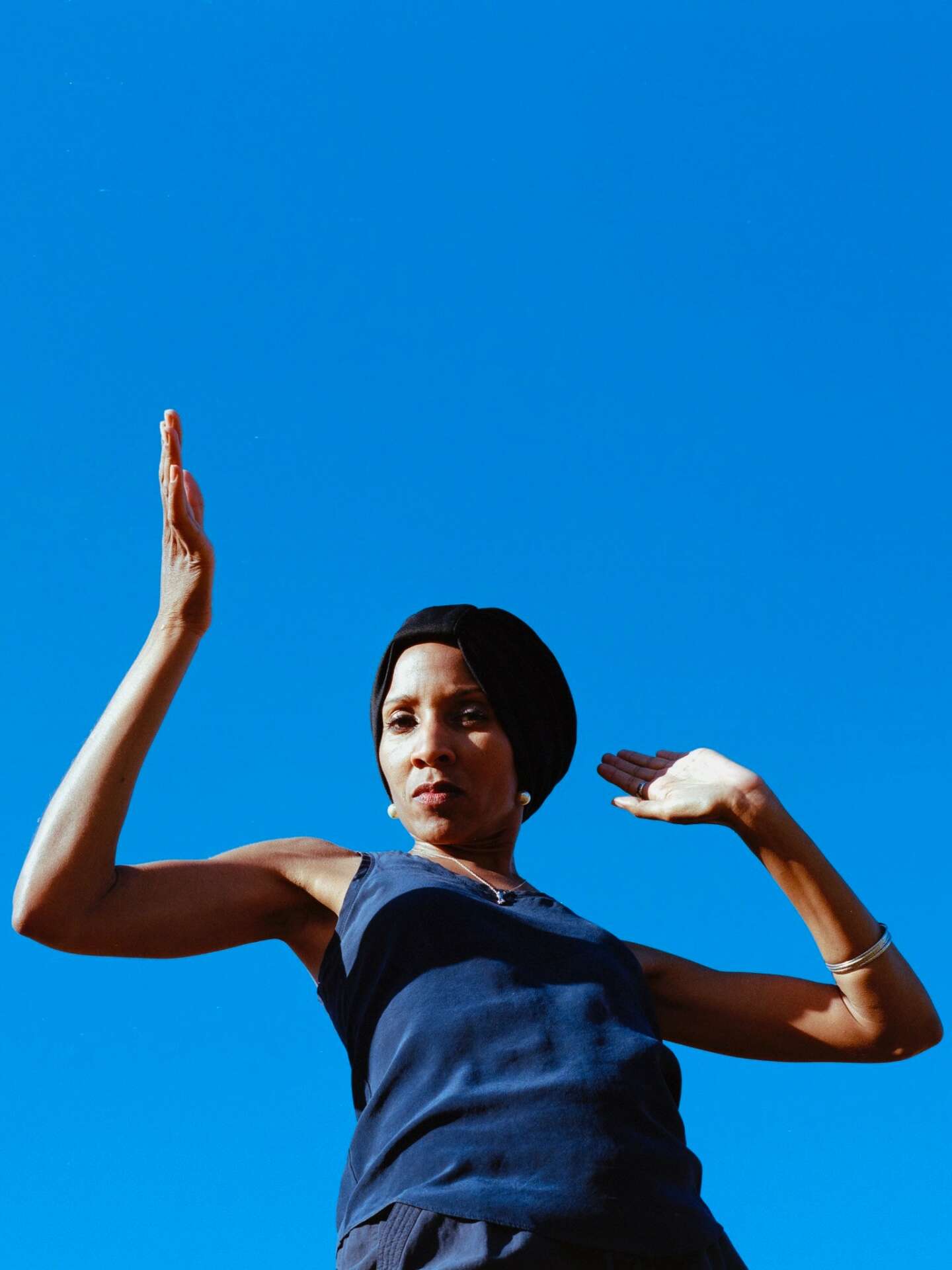We caught up with the brilliant and insightful Kobina Wright a few weeks ago and have shared our conversation below.
Alright, Kobina thanks for taking the time to share your stories and insights with us today. What’s been the most meaningful project you’ve worked on?
One of the most meaningful projects was the creation of the short film titled, “Two Three.” It started out as just a script that I wrote. It was wild and weird but it was in my head and I had to get it out. It was one of the many scripts I’d written and had done nothing with. It sat for years collecting virtual dust.
Then, one of my friends asked for a script. He wanted to produce and shoot another film so I sent “Two Three,” but he didn’t understand it. So, he had me revise it. After sending him the latest version, he still didn’t understand it and wanted me to rewrite it again. I suggested that perhaps he should look for a screenwriter because I wasn’t willing to water down my script. To me it was another work of art and though I was willing to edit I wasn’t willing to compromise the Integrity of my art.
Then 10 years or so down the line, another friend asked if I had any scripts because he wanted to film one. I handed him four or five different ones and among them was “Two Three” and he happened to choose that one for some reason, although he too didn’t understand it. I tried to explain it to him and I thought he understood, but days later I’d discover, nope. He still didn’t get it. So I edited it again, trying to make it a bit more understandable without being simple.
Once I finished that edit, we started the pre-production phase and suddenly I wasn’t just a writer but I also a producer and the director of the film and I didn’t know what I was doing. He didn’t know what he was doing either. So, I had to take a Master Class by Ron Howard and figure out how to direct and look like I knew what was going on.
I roped in a lot of family and friends and they jumped to help me without hesitation! It moved me. They’ve all seen me work hard over the years and they all believed in me. They were willing to put time and effort into the project even though most of them were not going to get paid. It made me so happy to see so many people who believed in me even though we were clueless as to what we were doing.
I won’t lie the project was very difficult. There were many arguments and a lot of tears with a side of frustration. However, I didn’t let my people working on the film see that and I’m a different person on the other side of the film. It’s something that I point to and I’m very proud of. Everybody on the project is proud of it too. As they should be! So many people worked very hard on this to bring it all together and I’m so appreciative of their efforts.
We managed to get into two film festivals one was the California Women’s Film Festival and the other was Fickin’ International Film Festival Kinshasa in the Congo. We feel like we’ve accomplished something. Though we’re still working on what to do with it now that our festival run is over, I look forward to the next film project to breathe life into.

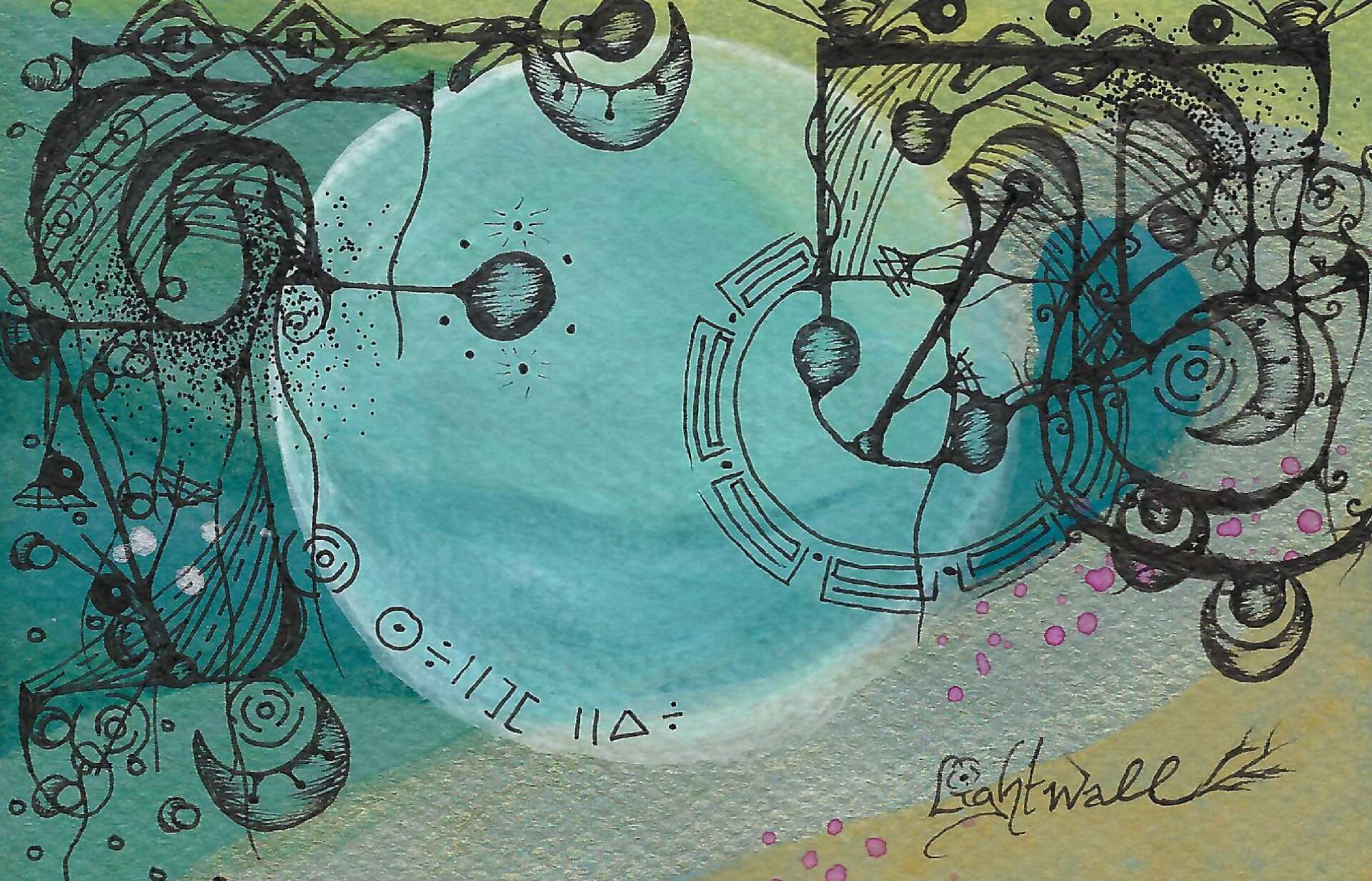
Kobina , before we move on to more of these sorts of questions, can you take some time to bring our readers up to speed on you and what you do?
I’ve been inspired by art and literature since forever, like most children. In fact, in elementary school I was really captivated by artists who’d paint on public broadcasting, like Bob Ross. I couldn’t get enough of that. In high school I self-published a volume of poetry to raise money as I prepared for college. In 2001 I wrote a second volume of poetry titled, Growth Spurt and in 2004, wrote my third volume titled, Say It! Say Gen-o-cide!! – in memory of the Rwandan Genocide of 1994.
I also created a language called Ħodaoa-Anibo and use it in both in my art and literature. I see it too as a work of art and created it as a tribute to my ancestors who lost the languages of their ancestors because of slavery. In 2004, I self- published the first edition Ħodaoa-Anibo Dictionary. In 2006 I published the Ħodaoa-Anibo Free Book – a volume of essays and samples of the Ħodaoa-Anibo language. In 2009, I published The Abridged Ħodaoa-Anibo Dictionary.
I published a few other volumes of poetry and my work has been published in various literary magazines. I even co-created a new genre of poetry “in which the title of the poem is so long and expressive it is practically a poem itself, followed by a short (eight words or less) and exacting poem below.”
I have a degree in Communications (focused on journalism) from California State University Fullerton, and have written for various publications on various topics but my heart is in creative writing and the arts. My paintings have been exhibited internationally and I’ve had the wonderful opportunity of participating in an artist residency in Thailand.
Right now I’m working on expanding my abstract drawings from ink on paper to acrylic on canvas. I’m also working on larger scale work, which is new for me. I call the style “Least Pennism” and incorporate lots of symbolism and sigils.
My work has the capacity to leave my viewers untethered. One of the reasons I began creating my own symbology, was because I wanted to stop relying on familiar symbols. I try, instead, to allow my intention to be my viewer’s only lifeline to the feeling I’m attempting to emote.
The majority of my “Least Pennism” work begins with a sentence, then evolves into a sigil that attempts to bend the universe to my will. My pursuit of aesthetic excellence is found in the blending of culture and high concepts – West African Adinkra symbols, my own symbology and the intention of finding the pleasure of the everyday, wonderful, beautiful, colorful, curvy, somber, linear, stark, detailed, high vibrational life.
I’m also the host of the podcast, “The Whole Art Nebula.” It’s an art history podcast that focuses on the work and lives of Black visual artists. I love history and art history, but what I found listening to art history podcasts, was that very little coverage was given to Black artists, so I decided I would help fill in some of those gaps with TWAN. I believe it’s very important work.
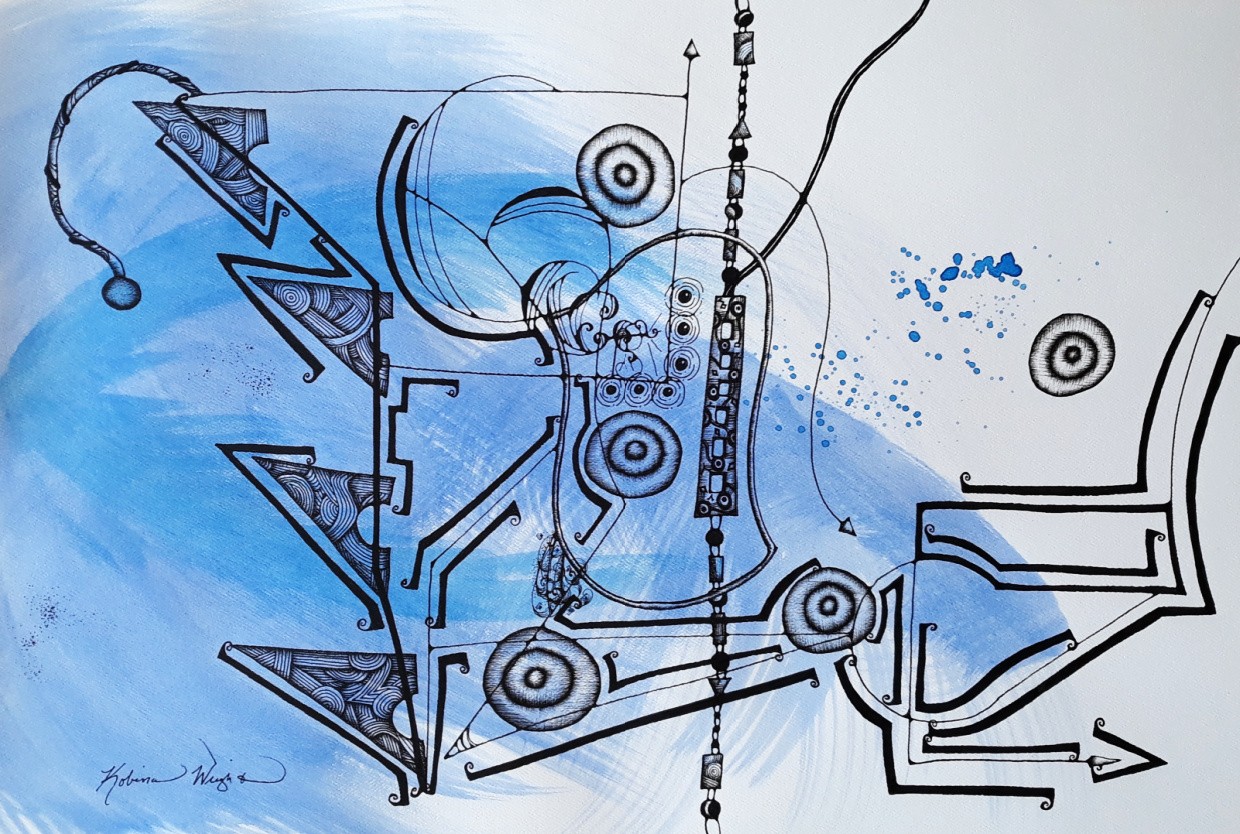
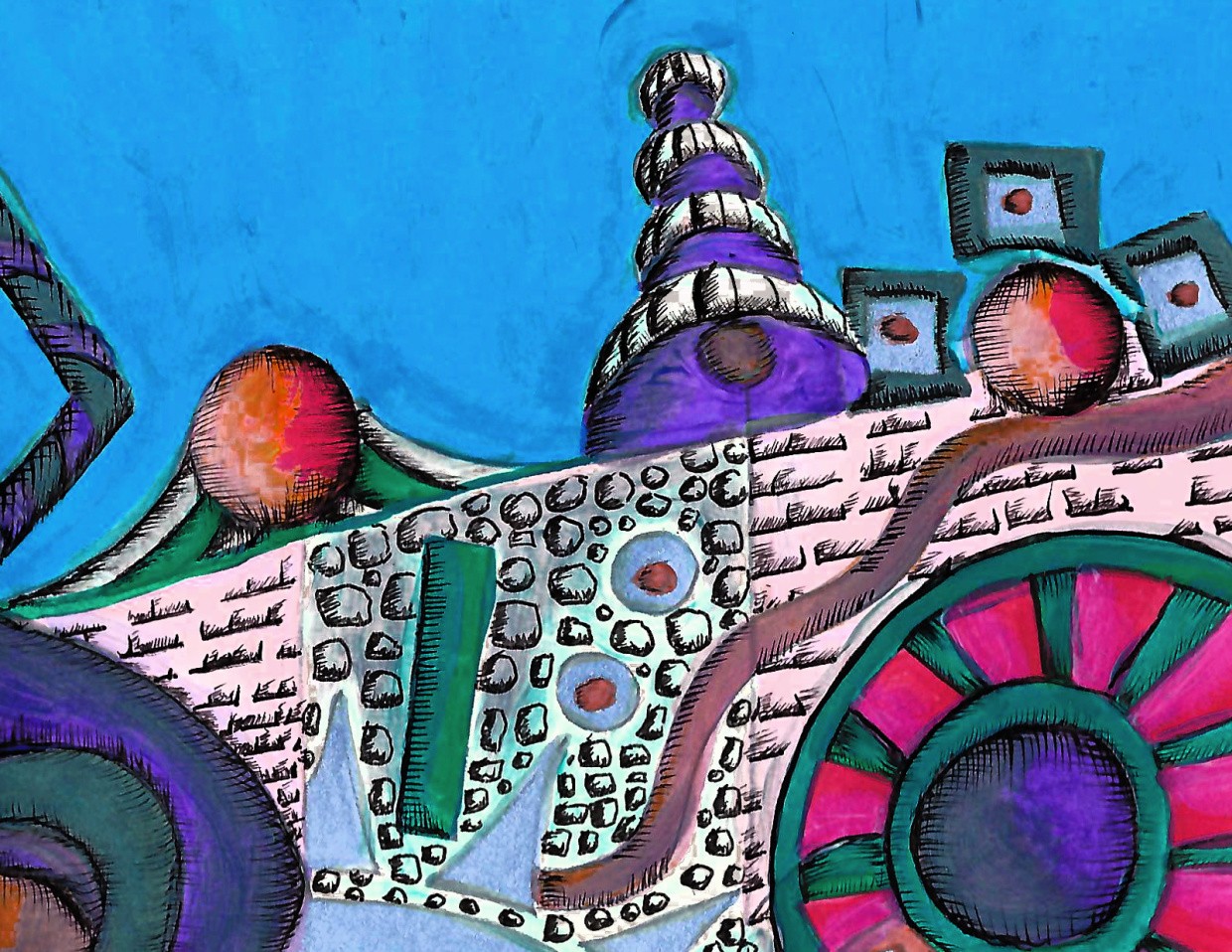
In your view, what can society to do to best support artists, creatives and a thriving creative ecosystem?
I believe that if society placed more value on art and artists the world would be such a beautiful and balanced place. In general, the artist operates from their soul. They do what feels right. They, a lot of times are intuitive. It is that intuition that I believe all people should follow because it is your guiding system. It is powerful. So, if one can appreciate art, one should also support the artist who creates it.
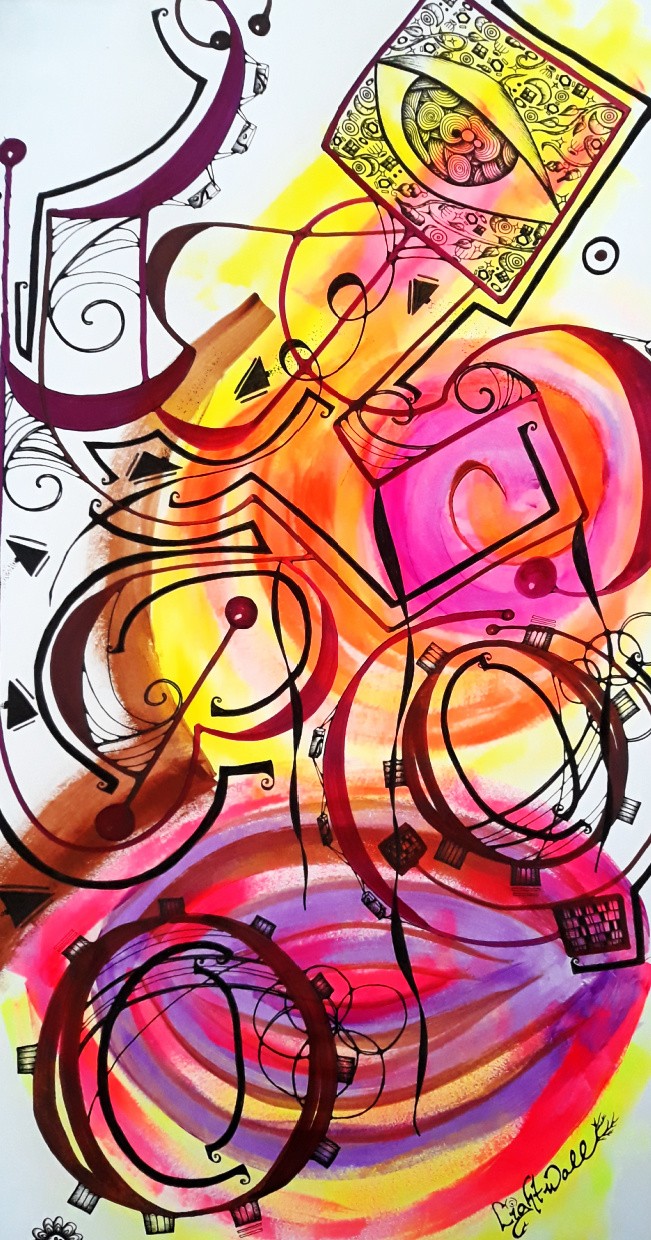

Are there any books, videos or other content that you feel have meaningfully impacted your thinking?
Yes! One book that really inspired me and made me stop to evaluate how I thought and moved with my work, was Charles Duhigg’s, The Power of Habit. It methodically breaks down how habits are created and the best way to go about creating better ones to catapult us on our paths. It helped me to find grace for myself and make a few changes essential changes that I needed to make. I think that once we understand why we do what we do, it’s so much easier to do something else – with intention.
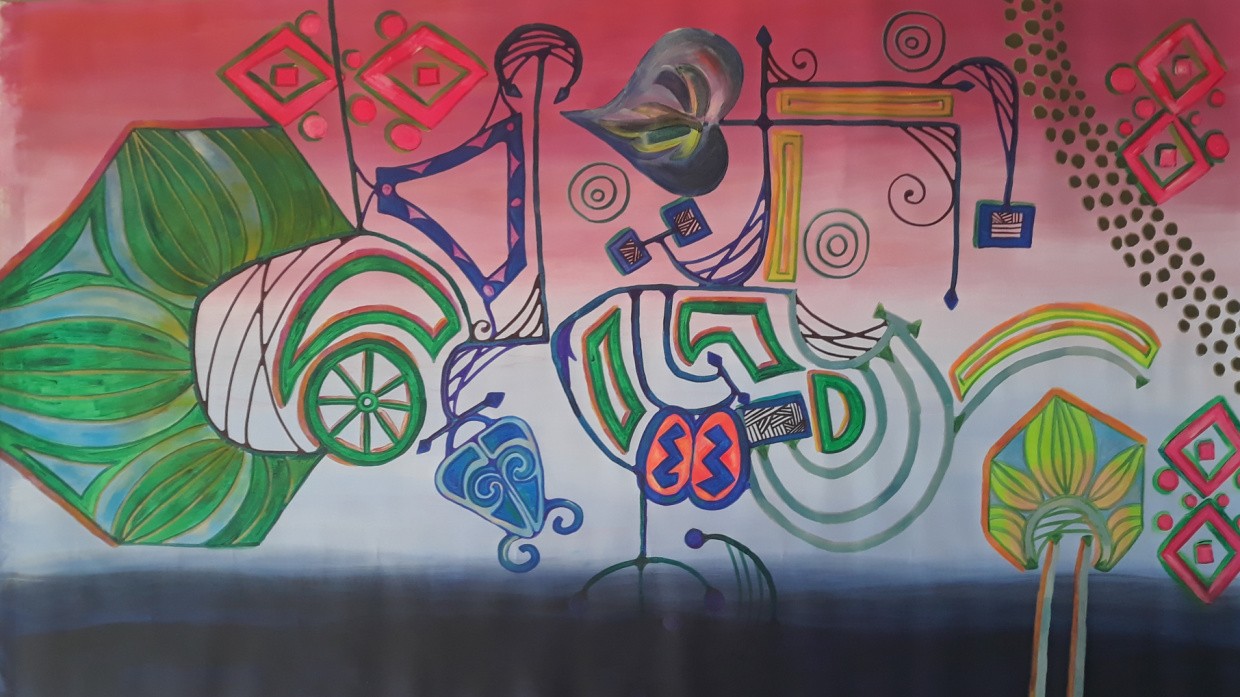
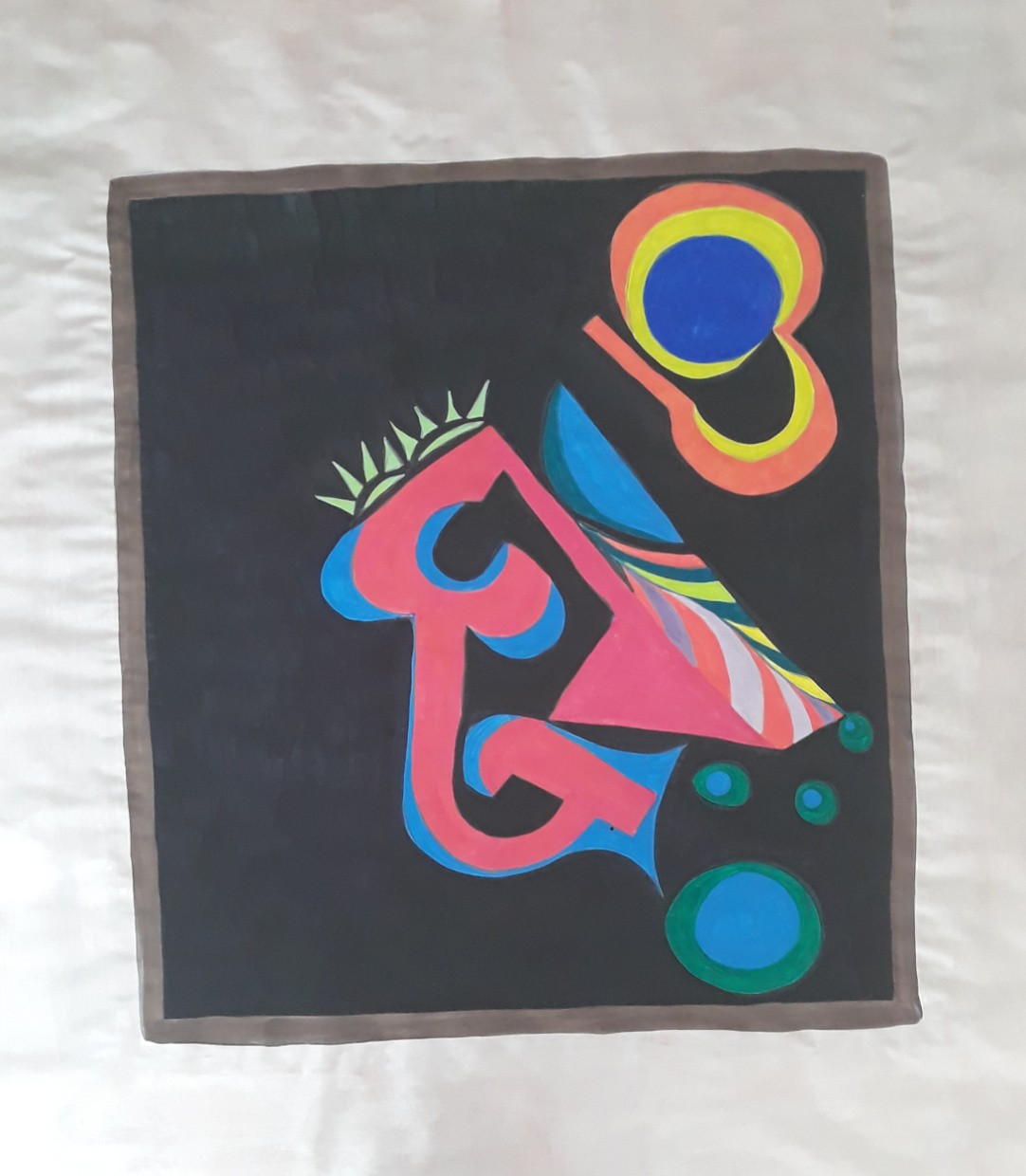
Contact Info:
- Website: Ojenis.art
- Instagram: @Kobinaelaine
- Youtube: A Fat Slice of Cake
- Other: TheWholeArtNebula.com


